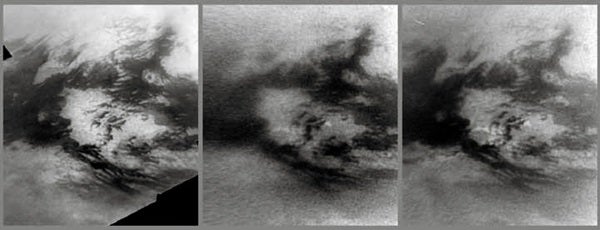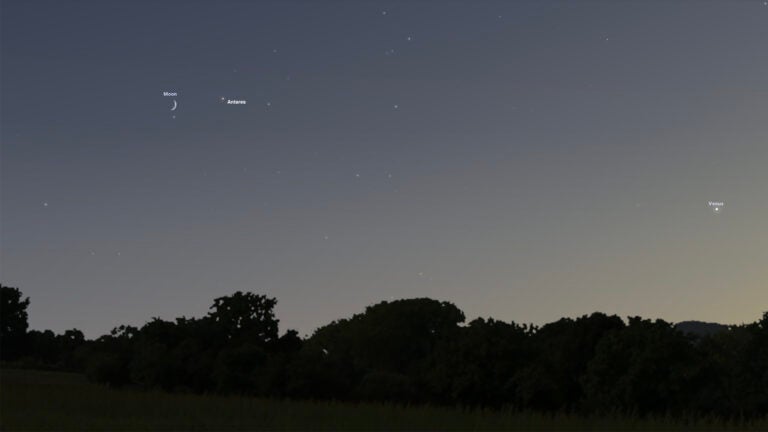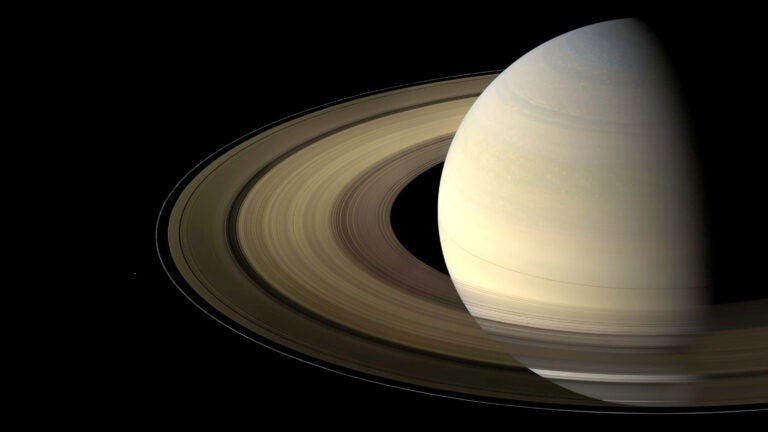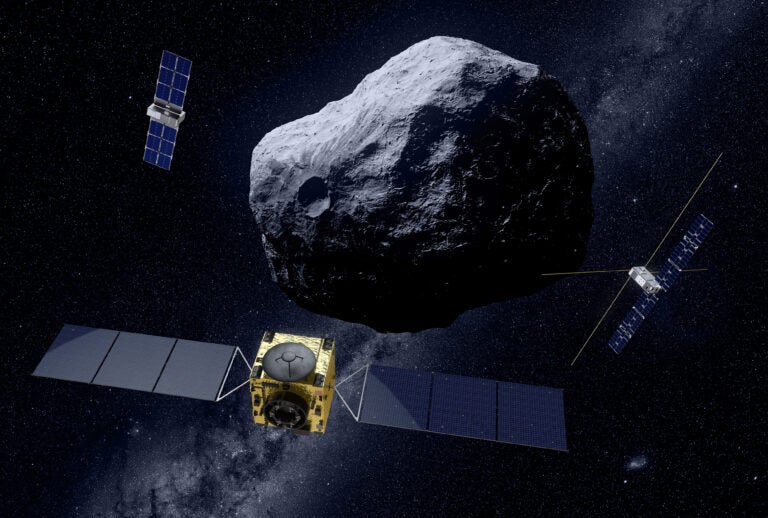A consequence of falling slowly is that there is more time for raindrops to evaporate before they reach the ground, so the phenomenon of virga, seen over deserts on Earth, is likely much more common on Titan. However, we know from observations by the Cassini spacecraft that rain does occasionally reach Titan’s surface. Cassini’s cameras have revealed darkening of the surface in the wake of some of the largest cloud outbursts — like rain on Earth darkens the ground, except that on Titan it’s methane rain wetting a surface covered in solid hydrocarbon material, and it takes weeks to months for Titan’s surface to dry out again. Astronomers only have seen this a few times over more than 10 years of observations by Cassini, suggesting rainfall is rare but intense — another parallel with terrestrial deserts.
It is currently late northern spring on Titan, and based on atmospheric models similar to those used to understand weather on Earth, titanian forecasts have called for an increasing likelihood of clouds as the Sun rises higher over Titan’s north polar seas. However, storms have not materialized as early as anticipated. Plans are for Cassini to continue its mission in the saturnian system until just after the northern summer solstice. So we will be watching Titan closely over the next few years to see if and when summer storms arrive. And if the timing of a storm is just right during one of Cassini’s close Titan flybys, its radar instrument could even detect rain as it falls.
Johns Hopkins Applied Physics Lab, Laurel, Maryland










